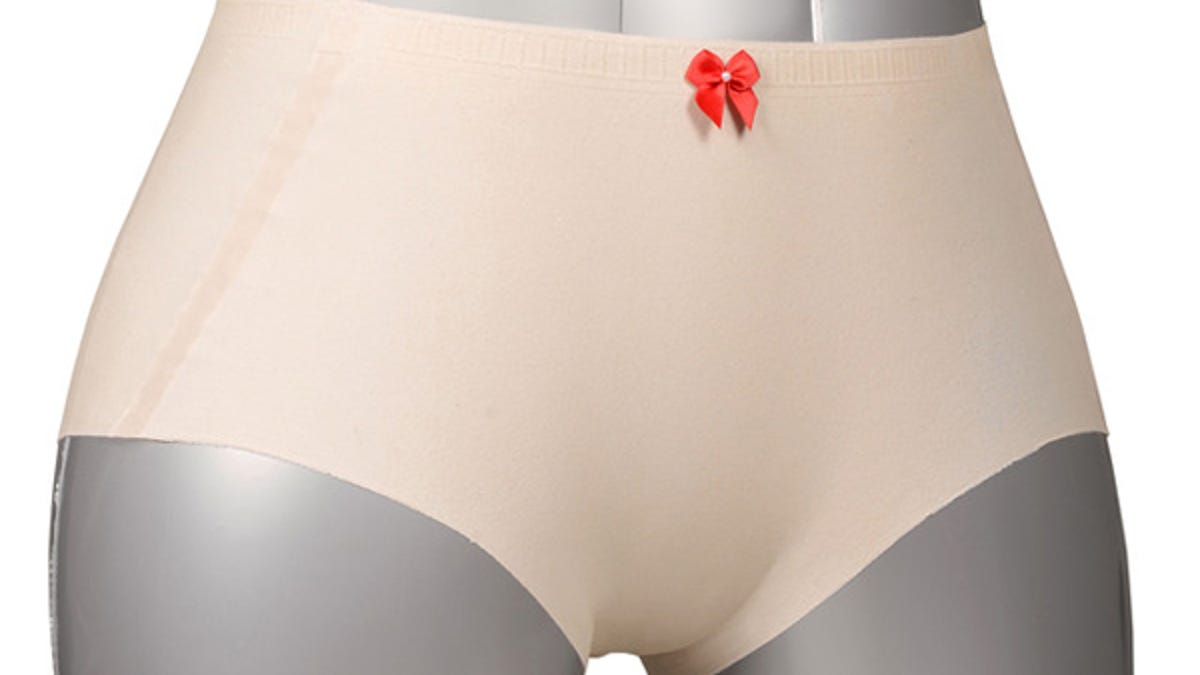Biodegradable 3D-printed underpants can be worn, tossed
Thanks to a new-3D printing system developed by an Israeli couple, 3D-printed clothing that acts and feels like cloth could be on the way. First stop: disposable Reg Grundies for women.

Flexible material for 3D printing hit the market earlier this year, allowing for objects like jelly shoes, but 3D-printed cloth-like material seemed like a bit of a pipe dream.
A Manchester, UK-based husband-and-wife team from Israel might just be about to change all that. Tamar Giloh of Tamicare has invented what she calls "Cosyflex" -- a stretchy, biodegradable fabric 3D printed using a variety of materials.
The process is a little different from what we have come to know as 3D printing. Rather than an extruder nozzle, the "printer" uses a spray nozzle to create layers of natural rubber-latex polymers and cotton fibers to construct a pair of disposable underpants in less than 3 seconds. The process is fully automated and can produce up to 10 million pairs of the underpants -- pitched at women who experience particularly heavy menstrual flow -- in a year.
Already, the pair has been in talks with companies to produce their products. Victoria's Secret has visited the Tamicare office, and Tamicare is in talks with an unnamed US company to sell its underpants. An Israeli company has expressed interest in manufacturing the printers used to construct the underpants, with the expectation that they will hit Israeli pharmacy shelves sometime next year.
It's not all about underpants, either. A British company will be selling Tamicare's compression bandages in the UK, too, and the company's Web site indicates that its fabric could be used for sportswear, fashion, veterinary applications, and medical masks as well.
The process, which can also create perforated, breathable fabrics, could be beneficial in that it reduces production waste via offcuts -- although, when the padded underpants end up in the bin, we would consider that an increase in consumer waste. Nevertheless, we'd be interested to see where the technology ends up. Perhaps Tamicare could create a version with embedded plant seeds so you can bury them and grow a tree.
We're not sure if many ladies would want to wear seeds in their undies, though.
(Source: Crave Australia)

